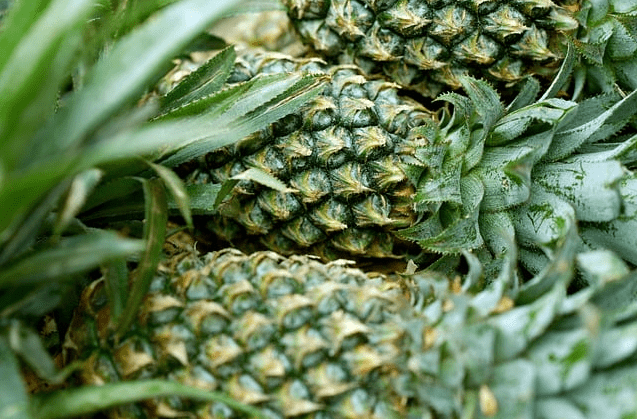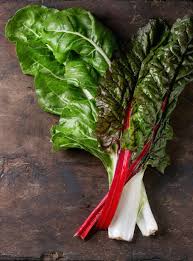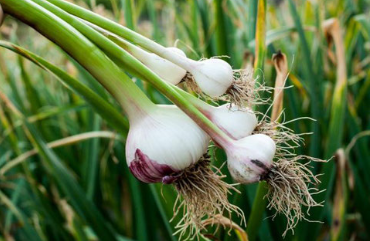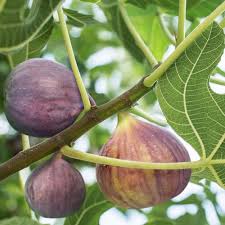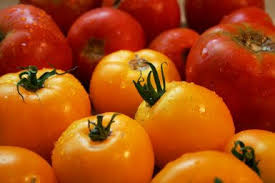By the end of August, the relentless Israeli summer gets the best of me. Enough is enough—bring me a cool autumn breeze, because right now I feel a bit like SpongeBob, the cartoon character who lives in a pineapple under the sea.
How did a pineapple end up at the bottom of the sea? I have no idea, but if today we can grow this tropical fruit—originally native to the equatorial rainforests of Brazil, Paraguay, and Bolivia and in the Gaza envelope, right on the edge of the desert with a war raging just beyond the border, then why can't SpongeBob live in a pineapple under the sea?
As mentioned, pineapples grow wild in tropical regions of South America. It is believed that the indigenous peoples not only gathered pineapples but also cultivated them as a crop. Long before Columbus "discovered" America, pineapples had already become a common crop in Central America and even in the Caribbean islands.
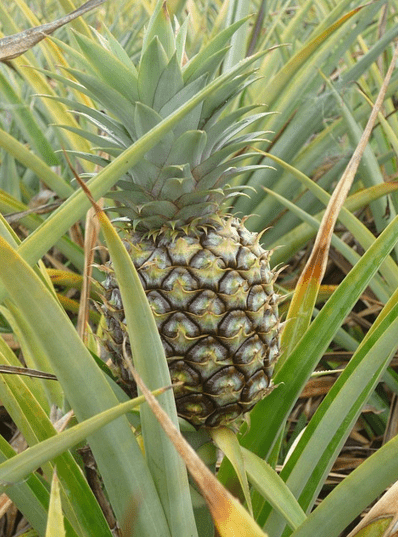
But wait, what exactly is a pineapple? Botanically speaking, it’s a small perennial plant (which means it’s more of a bush than a tree), with each pineapple plant producing one fruit from a shared inflorescence. You're likely familiar with its taste because fresh pineapples are now common in Israel (though I know they're still not the most affordable fruit, and I don’t expect them to become the next apple). Gone are the days when we had to settle for canned pineapple in syrup.
The fact that pineapples arrived here relatively late spared them from the curse of Hebrew name adaptation. The name "ananas" actually has a pleasant ring in Hebrew, but its origin lies in the Tupi language, a large family of indigenous languages in South America. The word comes from the Tupi term "anana," which literally means "good fruit."
Interestingly, the English language struggled with the name, and to this day, the fruit is called "pineapple," because someone thought it resembled a pine cone.
When the Spanish and Portuguese began colonizing South America, they discovered the pineapple and fell in love with it. It is absolutely understandable—few fruits are so rich in flavor, with tender flesh and countless culinary uses. Before long, pineapples made their way to the Spanish and Portuguese colonies in tropical Asia (the Philippines) and Africa (Ivory Coast), and from there to the rest of the tropical world. The European passion for this fruit led to its cultivation in Europe by the 18th century. Even the adventurous Israeli farmers learned how to grow pineapples.
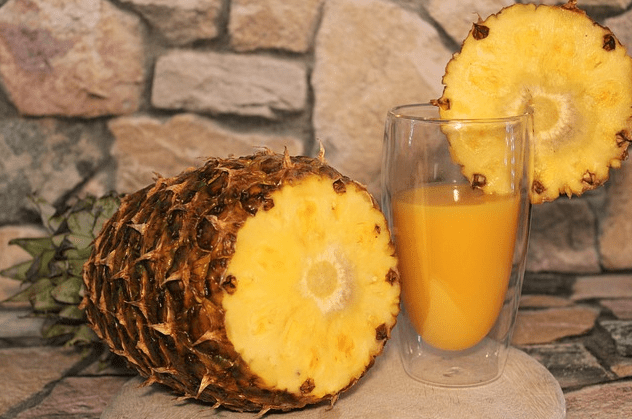
There aren’t many pineapples in Israel, and most of the ones you’ll find at your local grocer are imported from the Dominican Republic. That’s yet another reason to prefer the pineapples we offer.
The pineapple we’re bringing to you this week is locally grown (and organic) by Orgánica Farm in the Gaza envelope. We're delighted that despite the war and the trauma, they’re back to supplying us with their wonderful produce. This includes the pineapple that I’ve already sliced, chilled, and can’t resist tasting—before this August really does turn me into SpongeBob.

